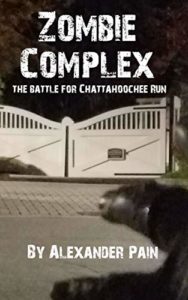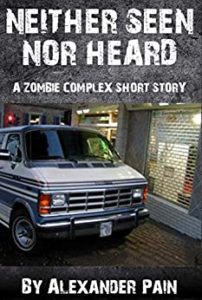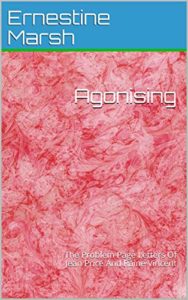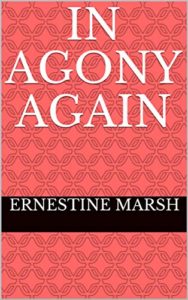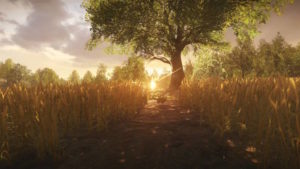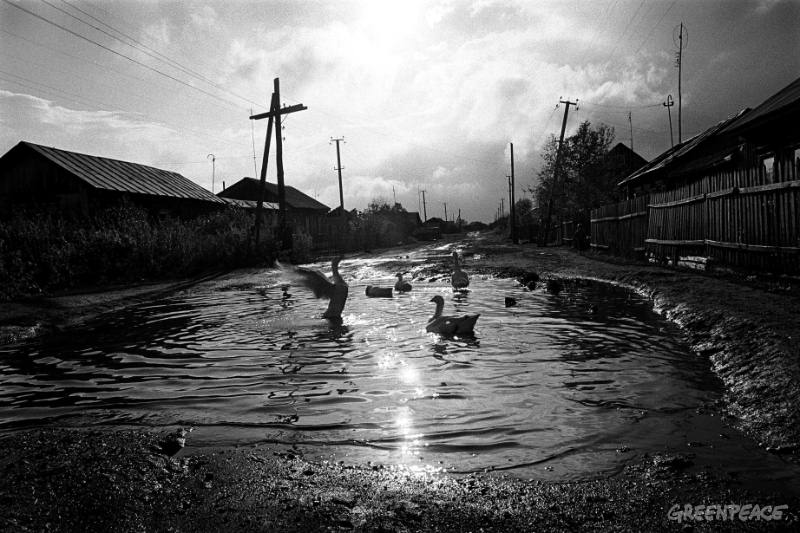This is the last day of April and the last day of Indie April for 2021. However, I have 2 more authors I want to leave with you before the month is out. And while they may be last, they are certainly not least. They’ll help us depart April with a bang.
Alexander Pain
I’ll confess up front, I don’t like the zombie apocalypse craze. That said, I do like the writing of Alexander Pain and he writes about the zombie apocalypse. So that should tell you something right there.
Pain has one novel and several short stories in his oeuvre, and they are worthy additions to your entertainment library. What I admire about Pain’s writing is his ability to take a thoroughly impossible idea — the zombie apocalypse — and make it real.
For example, when reading Zombie Complex: The Battle for Chattahoochee Run I was drawn into the story because of the realistic characters he peoples it with. The same can be said for Neither Seen, Nor Heard. He puts real people into an unrealistic setting and by doing so enables me to suspend my sense of disbelief.
Using humor, pathos, and suspense, he makes the reader accept the implausibility of his world, and that is quite a feat. And he draws our attention to the question, How do I survive in such a world? Or any world for that matter.
Good post-apocalyptic fiction is, at base, philosophical in nature. Everything I value has been stripped away from me. Now what? Who am I? What is my purpose? What is of real importance in life? And Pain subtly poses those questions for us to ponder in the backs of our minds.
If you’re looking for action, adventure, and a good survival story, as well as food for thought, head on over to Amazon and check out the books of Alexander Pain. You won’t be sorry.
Ernestine Marsh
I love a good laugh and the older I get the more I value laughter. Because laughter puts everything into perspective and lightens any and all loads. I hope I die laughing.
When reading one of the things I look for is humor. If it’s present, the author gets a plus.
Ernestine Marsh writes humor, and that is a tough job for the best of writes. In Agonising: The Problem Page Letters of Jean Price and Raine Vincent and In Agony Again, Marsh has created two of the most delightful characters I’ve come across.
Price and Vincent are competing agony aunts, or advice columnists for us Americans. The plots of both books chronicle their battle of oneupmanship, and along the way we are treated to the most ridiculous and hilarious advice to the most incredible and incredulous problems.
The humor is often a mask for satirical commentary on our times. And the satire can be bitingly wicked. Satire and humor that is in league with Voltaire, Twain, and Wilde. Marsh doesn’t pull any punches.
So, if you’re looking for a good laugh with a hefty helping of hilarious social satire, head on over to Amazon and pickup Ernestine Marsh’s books. And prepare to be incapacitated by your funny bone.
Comments are always welcome. And until next time, happy reading!
Share This!